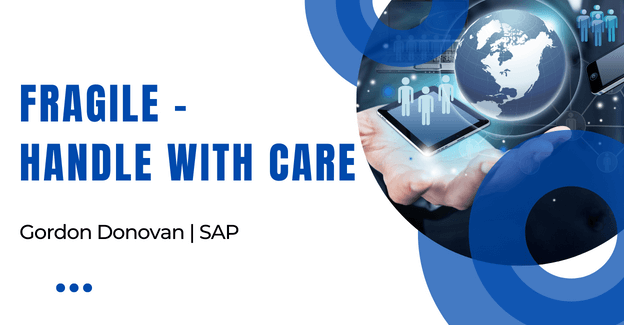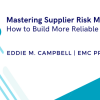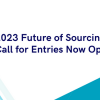How are business and industry leaders transforming their approach to procurement amid disrupted supply chains, rising costs, and growing uncertainty?
This is just one of many questions Economist Impact set out to answer in its global survey, conducted earlier this year, of 430 C-level executives across various organizational functions, including chief financial officers, chief operations officers, chief procurement officers, and chief supply chain officers.
The survey’s objective was to explore how procurement is changing to meet existing and emerging challenges. It also examined trends for the future in procurement and the actions business leaders take to ensure continuity and optimization.
The survey results are published in a new paper, Chain reactions: Building value in procurement through digitalization.
A lively and informative discussion
A few weeks after the paper was published, a select group of business leaders convened for an Economist Impact roundtable to share their thoughts on the business pressures they are facing. The roundtable was convened under Chatham house rules, so this article won’t reveal who was there or what they said.
However, some striking themes emerged in this lively and informative discussion, including:
- Sustainability and alignment
- Risk management
- The fragility of supply chains
Sustainability and alignment
Unsurprisingly there was a great deal of discussion around sustainability and how it is essential for procurement as a function to align with the broader organization. This is partly because requirements for “buying” companies are now being driven through the supply chain to effect change. This includes requiring suppliers to commit to certain initiatives, such as:
- Checking modern slavery, and ensuring that the early payment terms the buying company was paying were being cascaded down through their supply chains.
- A commitment to net zero emissions, which would be checked, and future opportunities would be dependent on organizations meeting those (for certain thresholds of contracts).
There was a lively discussion about a recurring question around sustainability drivers. Specifically, which is more effective in driving sustainability initiatives ꟷ greater regulation or consumer demand? Although the exchange was fascinating, the panel didn’t come down either way. At this point, I believe sustainability is quite industry driven. That is, in B2C scenarios, consumer demand drives sustainability action. In a B2B context, it is regulation.
Panelists also noted that changes in consumer buying patterns create the need to reduce complexity in what is seen by the consumer. This also creates an opportunity for value analysis and engineering strategies to achieve cost targets in the current inflationary environment.
Risk management
With the state of risk in the world at the forefront of many procurement leaders’ agendas, the roundtable spent a significant amount of time discussing risk. There was an interesting discussion on the merits and difficulties of reshoring strategies, how long it would take and whether the business case stacked up. What was evident, though, is that the previous strategies of supplier base consolidation and using leverage as a chief tool have created an imbalance that many markets are now feeling.
The biggest issue is the overall supply chain and availability of certain commodities ꟷ first impacted by the pandemic and now by the war in Ukraine. These affect commodities ranging from food (wheat, fish, etc.), to building materials (wood, nails), to energy (gas supplies). Current supply issues are driving procurement professionals to gain greater visibility into their supply chains.
The fragility of supply chains
The roundtable agreed that many supply chains right now are incredibly fragile. The goal then is to make them boring again! Visibility was identified as a major initiative in the goal of achieving this. The group agreed that before COVID-19, there wasn’t a huge amount of visibility into supply chains (although for many industries, one or two did stand out). However, for key direct items, visibility into the depth of the supply chains is increasing. Visibility into indirect spend is less clear. For instance, where gas supplies originate takes some time to identify.
What the increased visibility has identified, however, are massive capacity issues buried deep in the supply chains, which are essentially driving some of the fragility. While initially, this is troubling, it does present opportunities to solve that wouldn’t be there if the problem weren’t identified. Increasing visibility also identified saving opportunities, which all the participants identified were still a priority despite being in an inflationary environment.
Overall, it was an enthralling discussion to hear. If you would like to find out more, the research paper from Economist Impact is available to download here.









